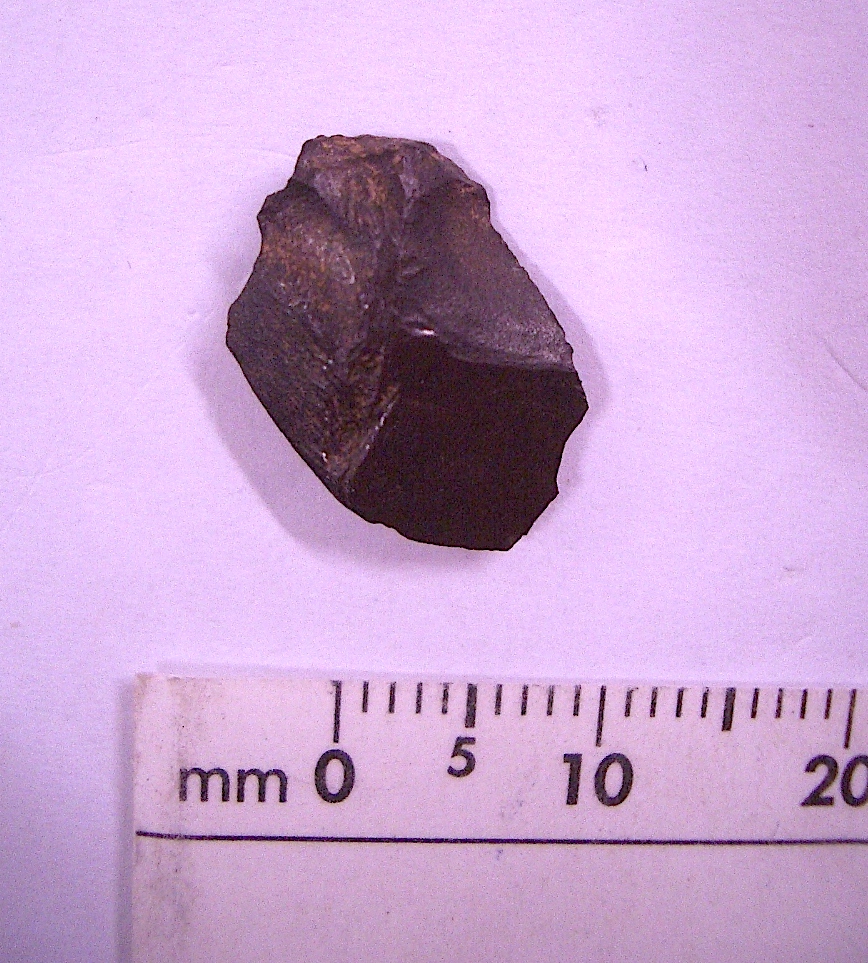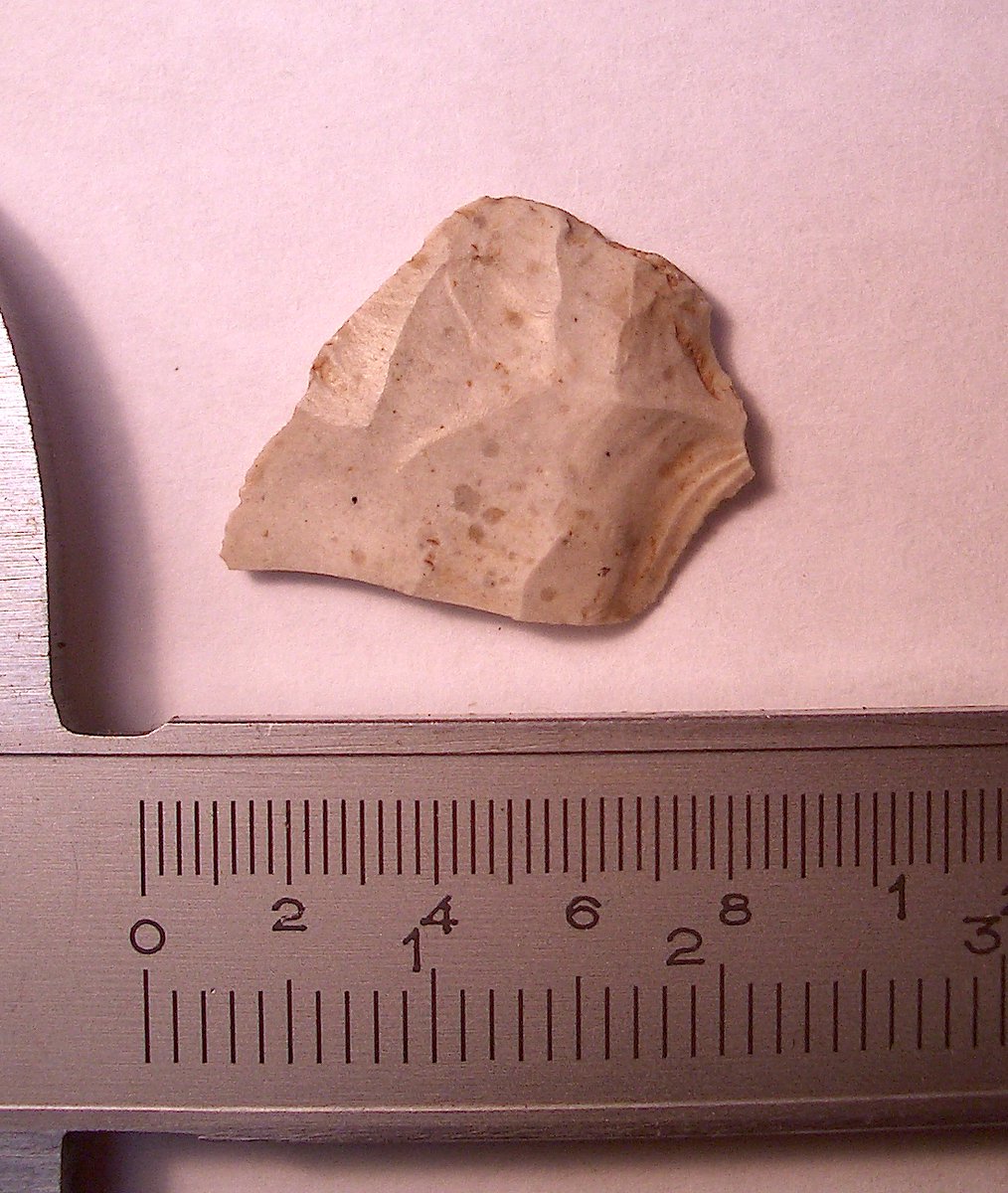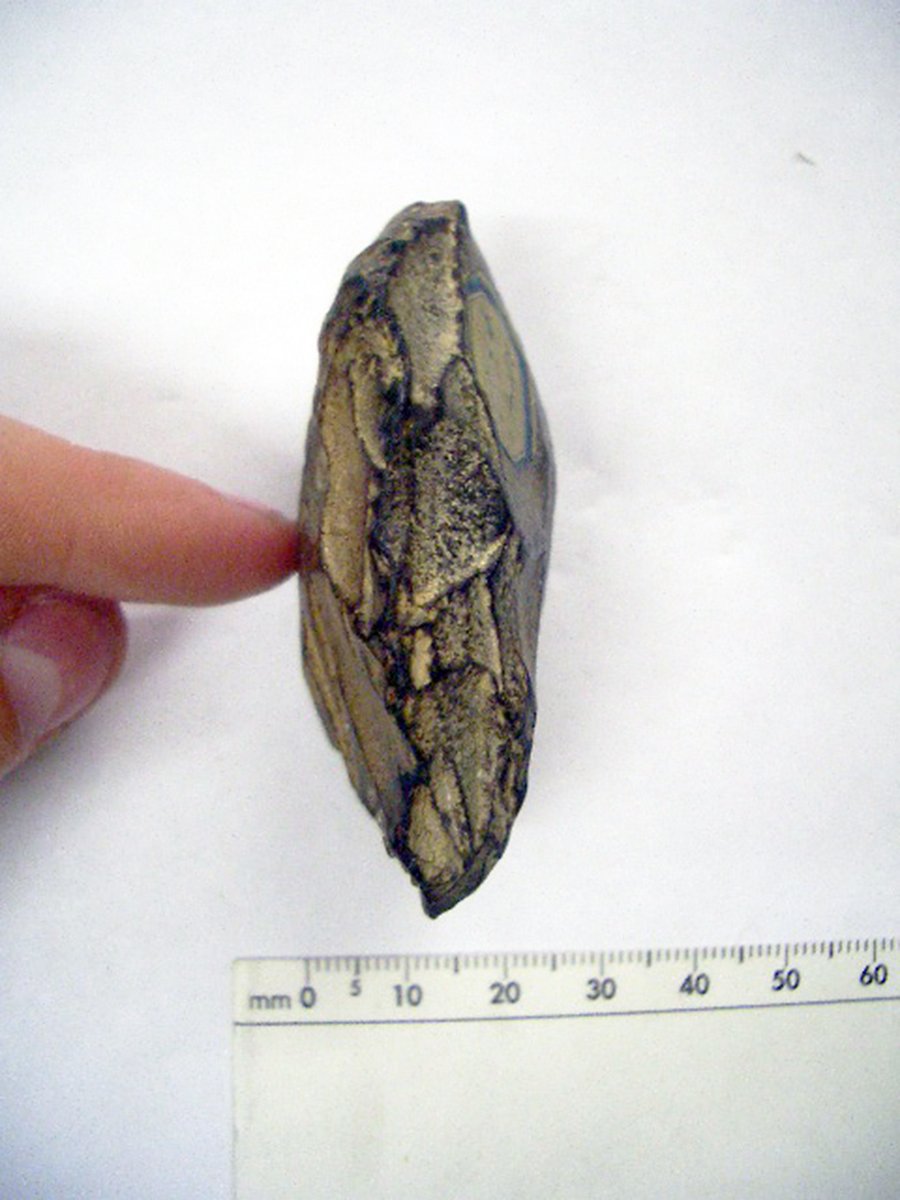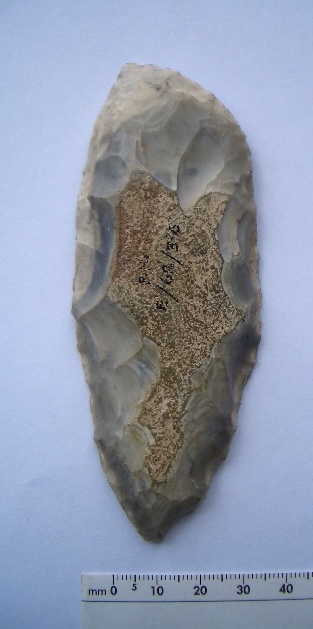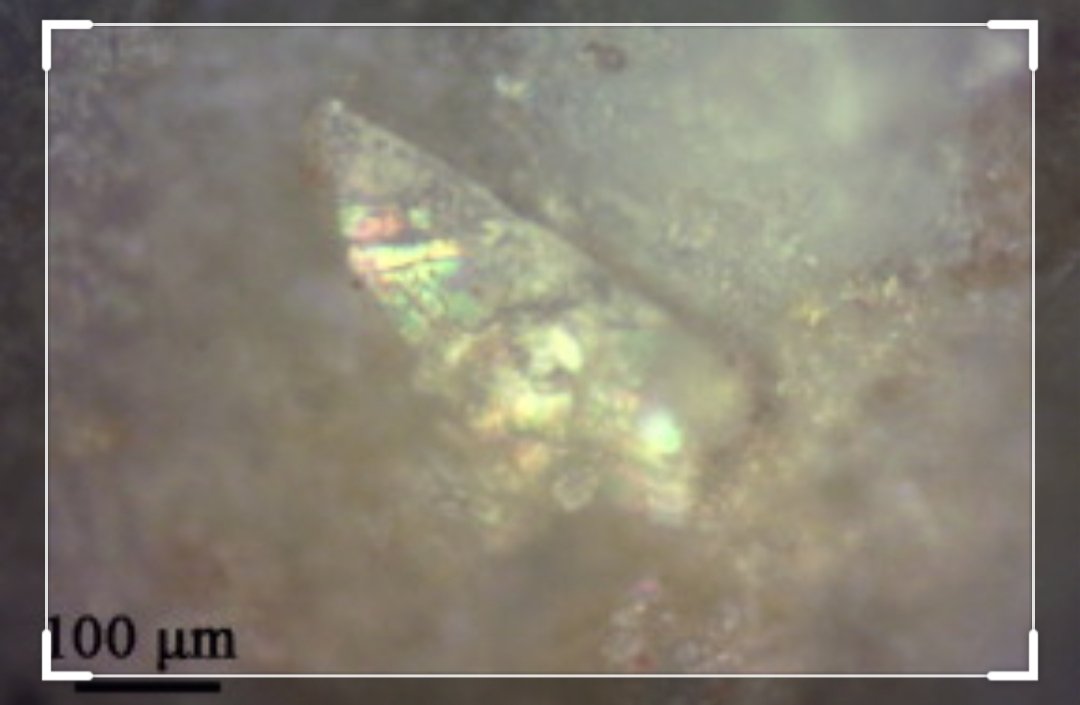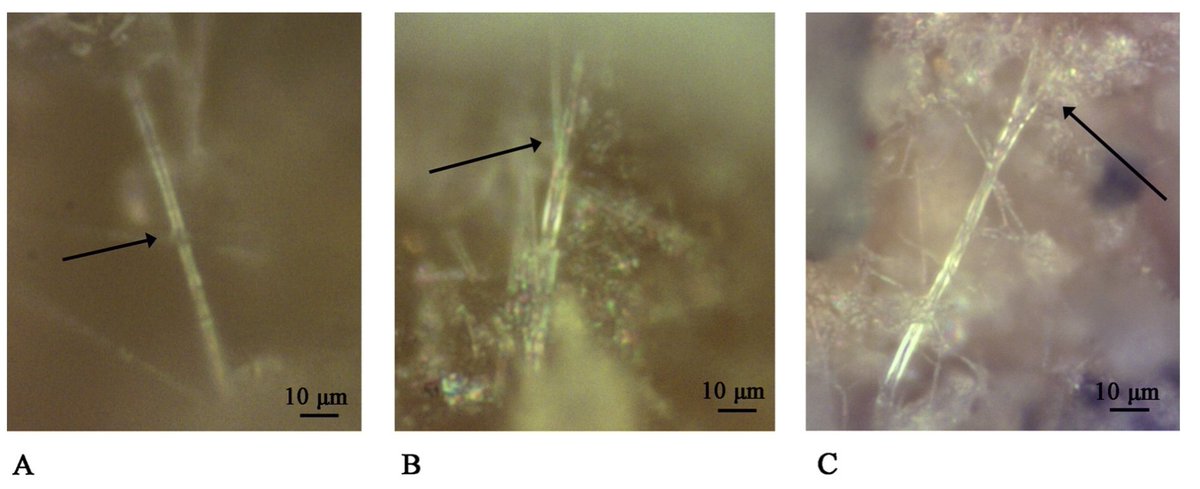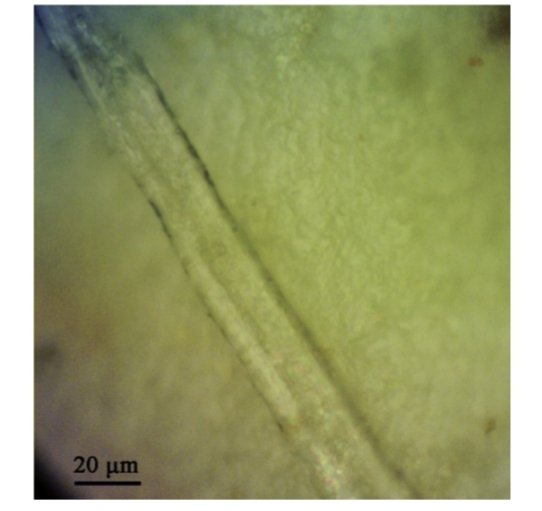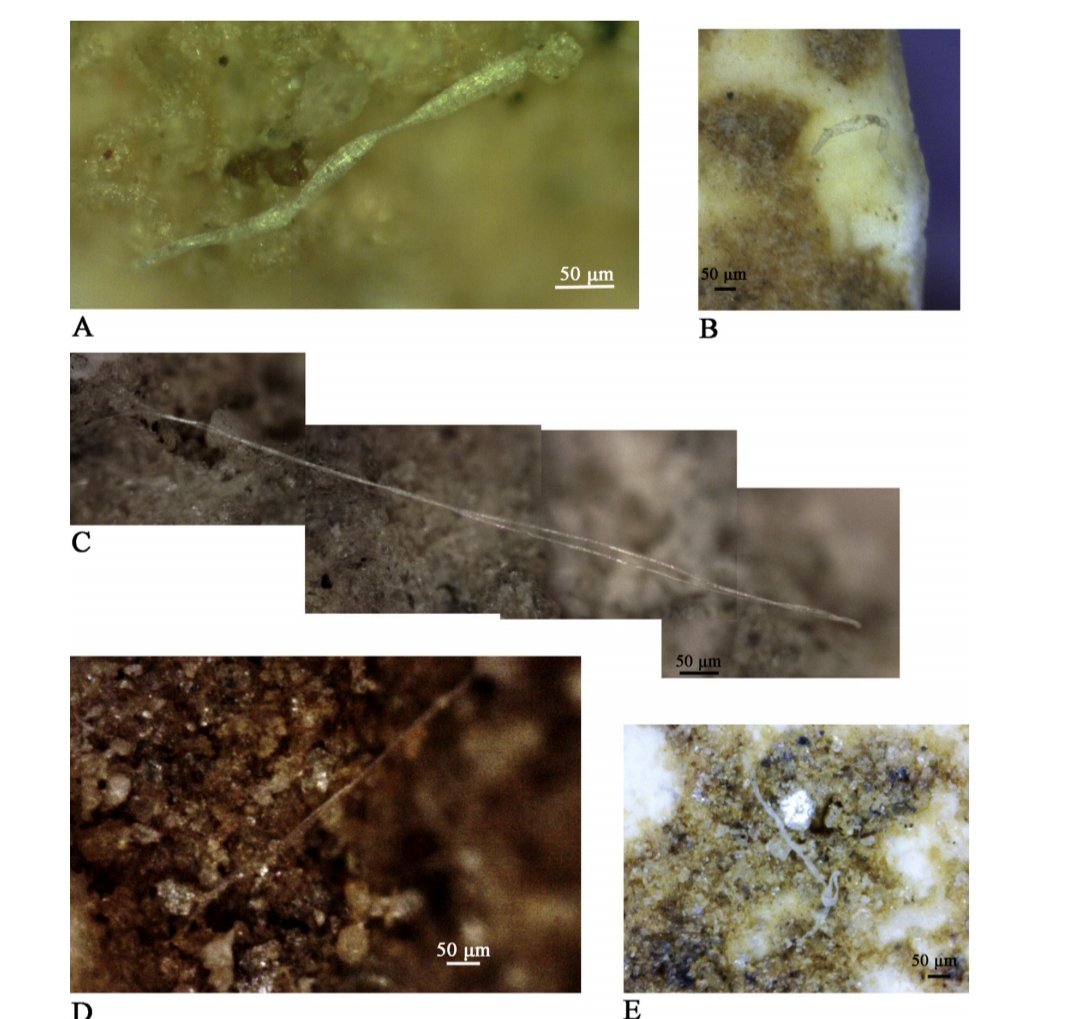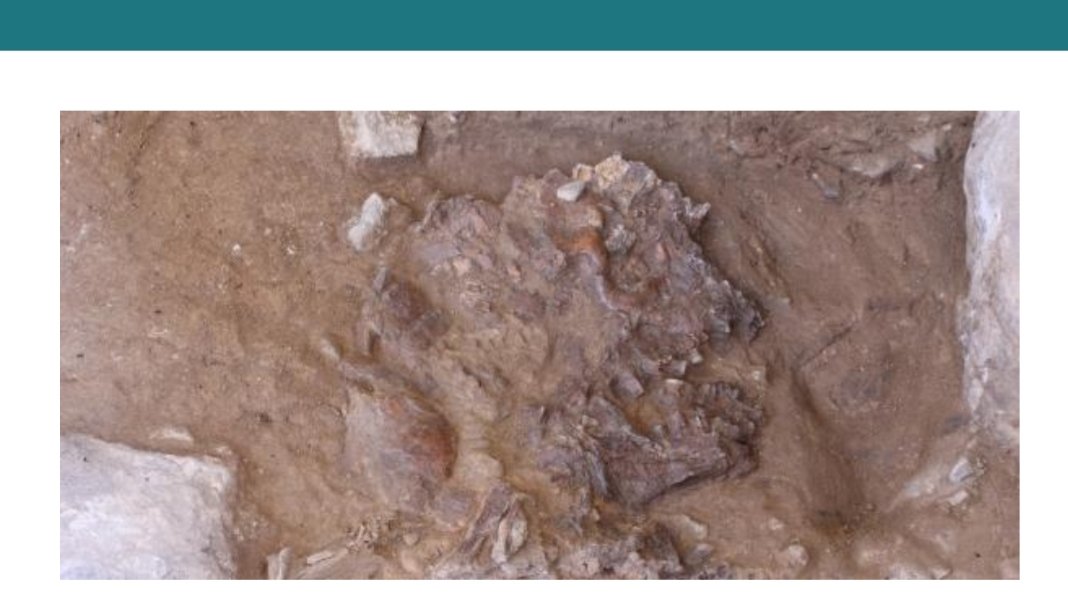
V excited to see this out.
I talk a lot in #Kindred about #GrotteMandrin, its strange Néronien layer & who might have made it.
Now strong evidence it was Homo sapiens... who then apparently were replaced for millennia by #Neanderthals.
We need more nuanced extinction narratives!
I talk a lot in #Kindred about #GrotteMandrin, its strange Néronien layer & who might have made it.
Now strong evidence it was Homo sapiens... who then apparently were replaced for millennia by #Neanderthals.
We need more nuanced extinction narratives!
https://twitter.com/tommyhigham/status/1491488055227817986
The Néronien at #GrotteMandrin has +1300 Levallois points, a uniquely huge amount, plus some are tiny (smaller than from any #Neanderthal contexts) & suggest light projectile weapons.
Even before tooth ID, this was culturally distinct & much more like IUP assoc w/ H. sapiens.
Even before tooth ID, this was culturally distinct & much more like IUP assoc w/ H. sapiens.

This really is a HUGE deal. It upsets neat narratives about what happened to "the #Neanderthals" - forces us to ask instead *which* Neanderthals, when?
And what do we mean by Homo sapiens' "success" if initial Euro populations +50ka went extinct for another 10,000 yrs...?
And what do we mean by Homo sapiens' "success" if initial Euro populations +50ka went extinct for another 10,000 yrs...?
A lot of attention is on unusual character of the lithics, but this would also be *remarkably* rich archaeology if it were Neanderthals because from this one layer (<20cm thick!) is a worked & notched bone, carved red deer tooth, eagle talon & potential engraved pebble. 

We have rare sequentially incised/notched bones from #Neanderthal sites, also eagle talons, but no clear engraved pebbles nor modified animal teeth... and I don't know anywhere with *this much* varied stuff in one brief layer.
So for me Néronien is distinct in more than one way.
So for me Néronien is distinct in more than one way.
• • •
Missing some Tweet in this thread? You can try to
force a refresh






